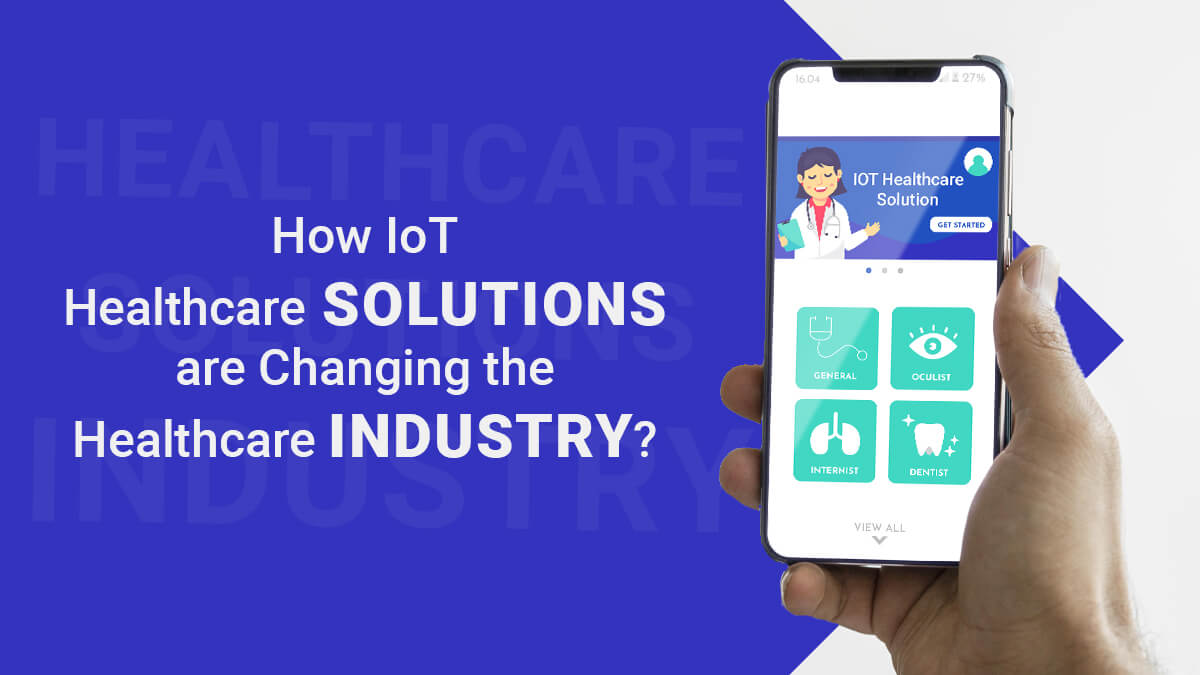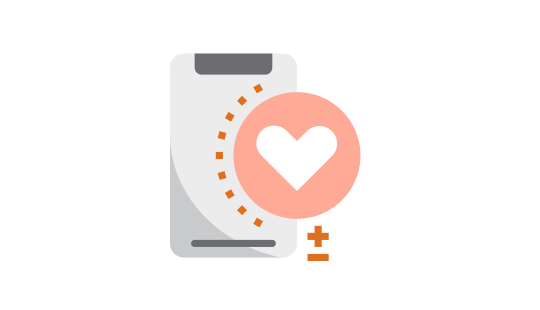Is it possible for a refrigerator to notify the expiration date of the food? Or the toothbrush alert to the appearance of decay?

Can it happen that the coffee maker prepares the favorite coffee of each member of the family, and the washing machine warns that it is not the best time to wash since the forecast announces rain and the clothes will not dry easily?
Can a belt be able to measure the Body Mass Index (BMI) and point out that it is necessary to start a diet?
IoT Healthcare solutions are now there to answer these questions. Thanks to the so-called “Internet of Things” (IoT), household appliances, and any other field can take sides in all kinds of tasks. This concept was born at the Massachusetts Institute of Technology (MIT), in the United States, and it is a revolution in the link between objects and people. Even among the same objects, which will connect to each other in a network and offer data in real-time.
By 2020 it is estimated that between 22 thousand and 50 billion devices will connect to the Internet.
Through the RFID (Radio Frequency Identification) system, it will be enough to integrate a chip of a few millimeters into any object at home, at work, or in the city, to process and transmit information constantly. For Hans Vestberg, Ericsson CEO, the repercussions will be considerable, given that “if a person connects to the network, it changes his life. But if all things and objects are connected, it is the world that changes. “
According to IDC, in 2014 more than 30 million connected things were recorded.
Health Too?
However, is the IoT applicable to the health sector? From clinical analysis and diagnostic imaging devices, or accessories that help measure heart rate, cholesterol level, blood pressure, body temperature, and calorie level burned during exercise, to “machine to machine” solutions that allow doctors are able to remotely monitor their patients, thanks to interconnection of technologies that record all their health indexes; they are part of an irrepressible worldwide trend.
Specifically, the IoT helps the health sector in the consolidation of two objectives: the monitoring of patients and control over their environment; and the creation of follow-up systems for the moment in which the patient has already left the health center.
79% of individuals are interested in the use of mobile devices for health.
Realtime Technology in the Medical IoT
You may have noticed the internet-connected MRI, heart rate monitor, or other equipment at your last hospital visit, but how are these technologies affecting those who work closest with these devices and their beneficiaries?
Let take a look at how IoT mobile real-time communication apps are impacting the lives of nurses, physicians, administrators, as well as health care recipients. We’ll also look at healthcare IoT communication security, and how and why a data stream network needs to secure that data.

[Image Source: lairdtech.com]
Continuous Patient Monitoring
According to the Mobile World Capital of Barcelona, “the daily operations tools of a hospital that facilitate intelligent monitoring represent an important advance for the profession, as also the connected devices make it possible to monitor patient situations, in detail and in real-time”.
However, these forms of care are incomplete if patients do not receive care after leaving their medical facilities, especially when they have chronic diseases. How can you ensure that patients continue to take their medications?
Read more: How much does it Cost to Make Medical Apps for Healthcare Professionals
At the time of discharge, carrying these connected devices is equivalent to the prevention of new diseases or relapses and medical alerts in case of arrhythmias or the first symptoms of heart problems.
Big Data Allows Better Diagnosis and The Making of Predictions.
Among the most novel advances in nanotechnology, a type of technology that is dedicated to the design and manipulation of matter at the level of atoms or molecules, for industrial or medical purposes; the big data, which allows a better diagnosis and the making of predictions; and wearables applications, a set of electronic devices and devices that are incorporated in some part of our body, interacting continuously with the user and with other devices to perform a specific function. Smartwatches or smartwatches, sports shoes with built-in GPS, and wristbands that monitor our state of health are examples of this type of technology.
In this sense, the Internet of things has great potential as a tool for patient safety, since these instruments are installed in your home, next to the bed, or on your wrists, in order to ensure that your caregivers can be continuously informed about his recovery.
USS LLC is a renowned name in Mobile application development. We are strongly convinced that the new apps for IoT app development must be accessible to everyone, quickly and economically. This is why our offer is structured according to the needs of our customers. Depending on the complexity of the service requested we can propose a standardized plan that offers a wide range of IoT consulting services at unbeatable prices!

